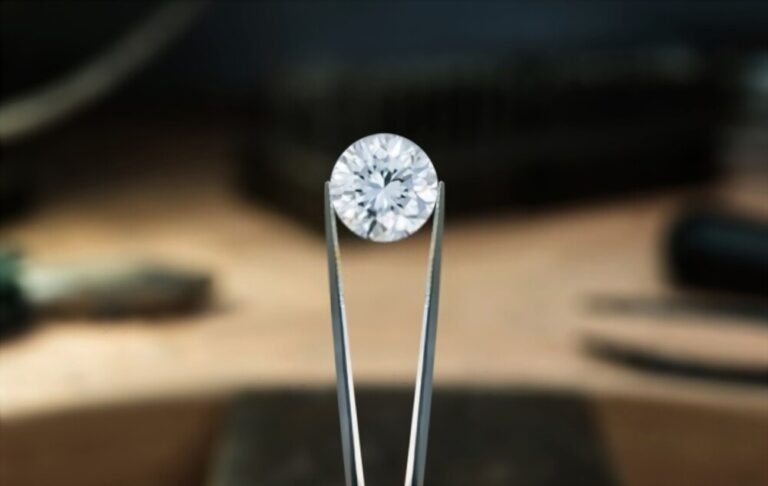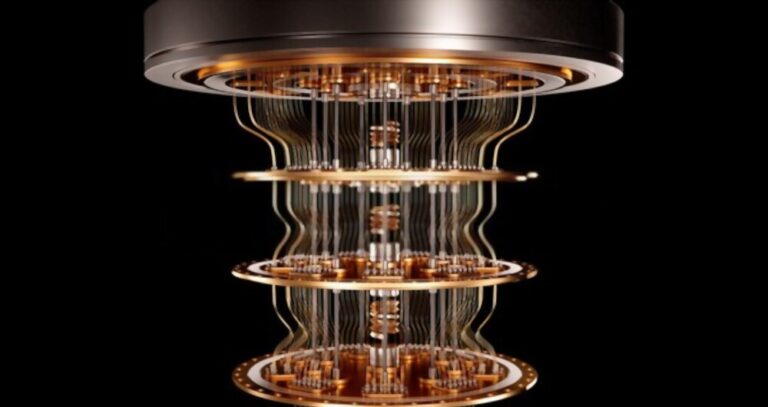In this article, I will keep diving into the fascinating intersection of architecture and the jewelry industry. Have you ever wondered how the environment of a jewelry store can enhance your shopping experience and elevate the allure of the pieces on display? Renowned architects have been crafting some of the most stunning and innovative retail spaces, blending art, luxury, and functionality. Here, we explore five visionary architects whose designs have left an indelible mark on the jewelry industry.
Peter Marino – Chanel Fine Jewelry, New York
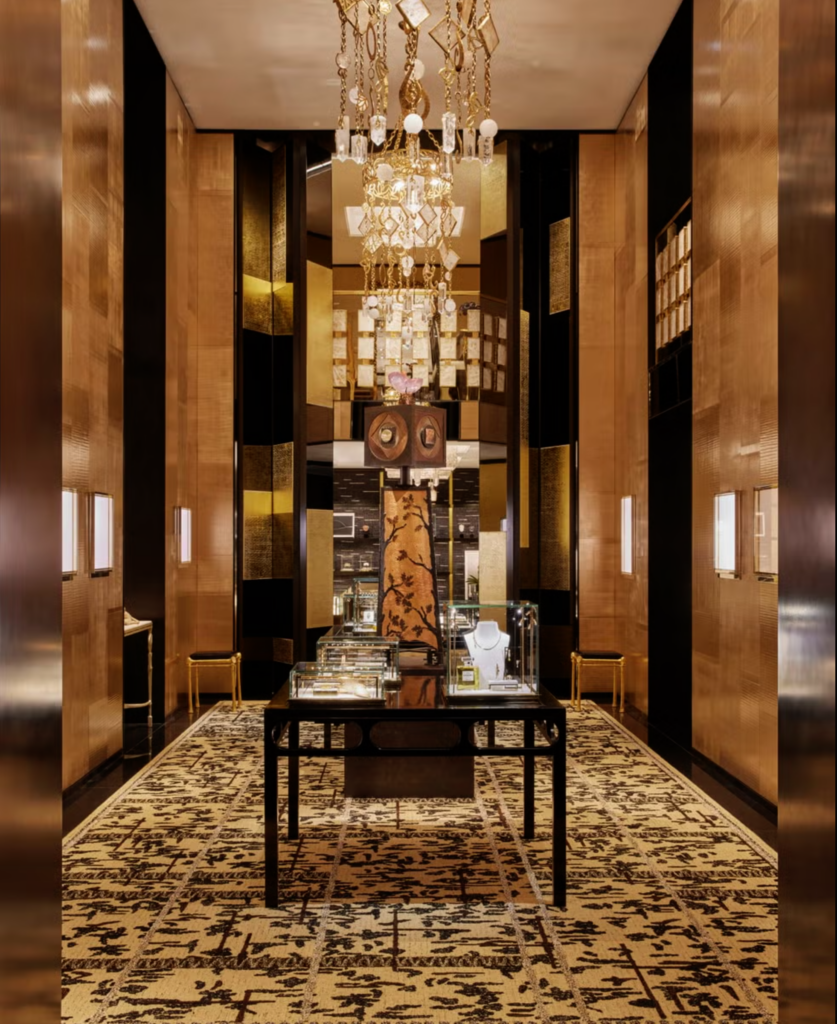
Peter Marino, famed for his opulent designs, has transformed Chanel Fine Jewelry’s Madison Avenue boutique into a haven of modern elegance. Marino’s use of luxurious materials like marble, bronze, and lacquer creates a sophisticated atmosphere that mirrors Chanel’s brand identity. His ability to seamlessly integrate art and retail space makes this boutique a standout destination in New York City.
Norman Foster – Bulgari, London

Norman Foster, the mind behind Foster + Partners, brought his architectural prowess to Bulgari’s flagship store in London. The design features a façade inspired by Bulgari’s iconic Serpenti motif, seamlessly integrating the brand’s identity into the architecture. Inside, Foster’s minimalist yet luxurious approach allows the jewelry to take center stage while providing a serene and inviting atmosphere for customers.
David Chipperfield – Valentino Jewelry, Milan
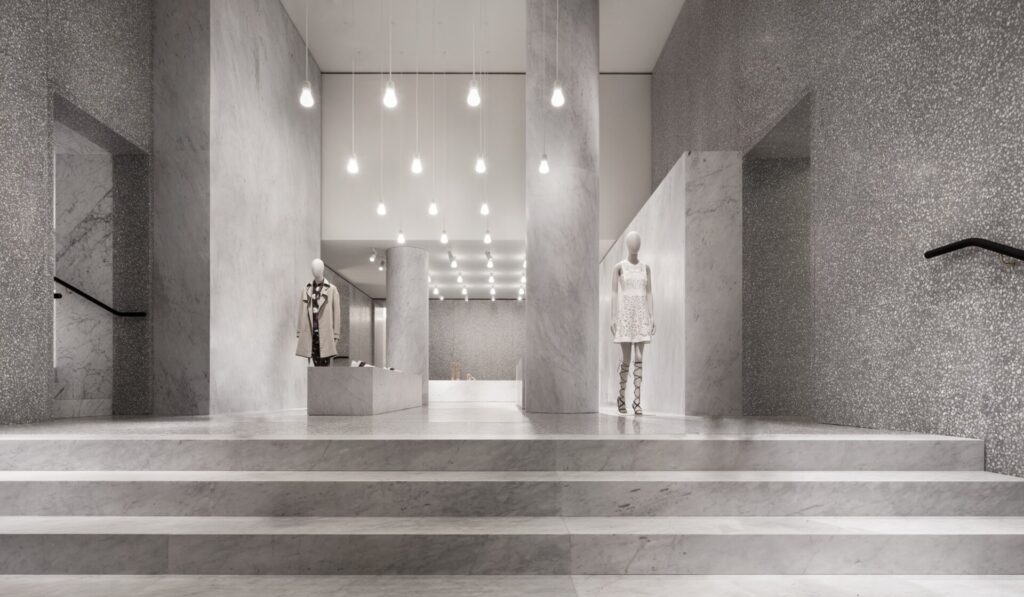
David Chipperfield’s design for Valentino’s jewelry boutique in Milan showcases his signature minimalist style. The store’s interior features clean lines, natural light, and a neutral color palette, creating an elegant and timeless setting. Chipperfield’s ability to create a sense of space and light enhances the display of Valentino’s exquisite jewelry collections.
Zaha Hadid – Georg Jensen, New York
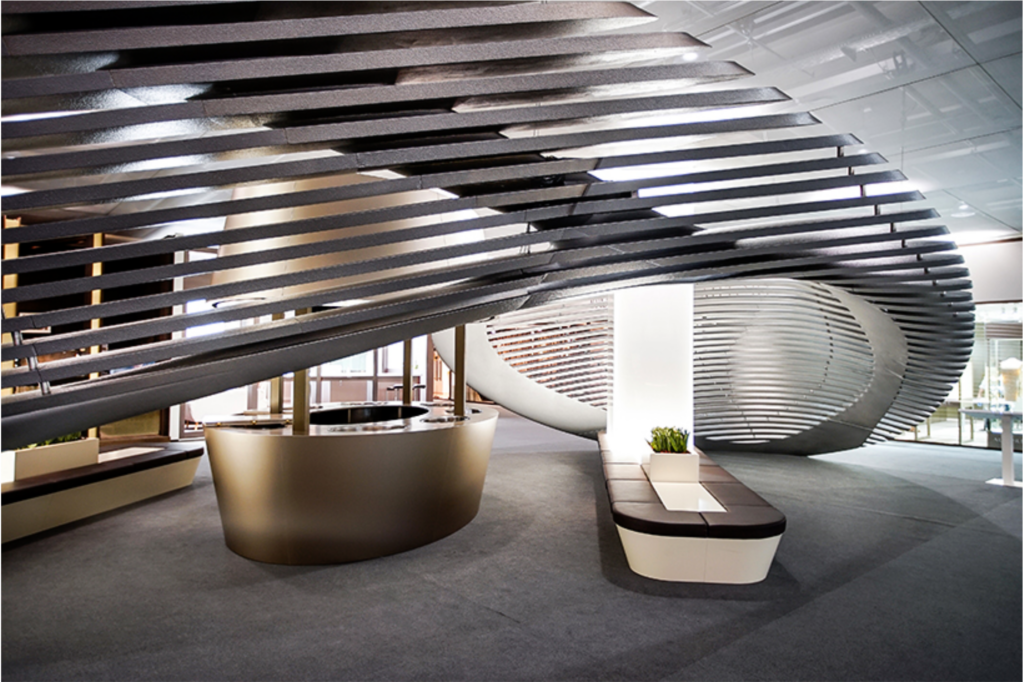
ThE late Zaha Hadid, known for her futuristic and avant-garde designs, brought her unique vision to Georg Jensen’s flagship store in New York. Hadid’s design is characterized by flowing lines and organic forms, reflecting the fluidity and craftsmanship of Georg Jensen’s jewelry. The store’s interior is a dynamic space that captures the essence of Hadid’s architectural style and the brand’s design ethos.
Jun Aoki – Louis Vuitton Jewelry, Tokyo

Japanese architect Jun Aoki has worked extensively with Louis Vuitton, including designing their jewelry stores in Tokyo. Aoki’s design blends traditional Japanese aesthetics with contemporary elements, creating a harmonious and refined environment. The use of natural materials and subtle lighting in the store enhances the display of Louis Vuitton’s high jewelry collections, offering customers a serene shopping experience.
OMA – Tiffany & Co., New York
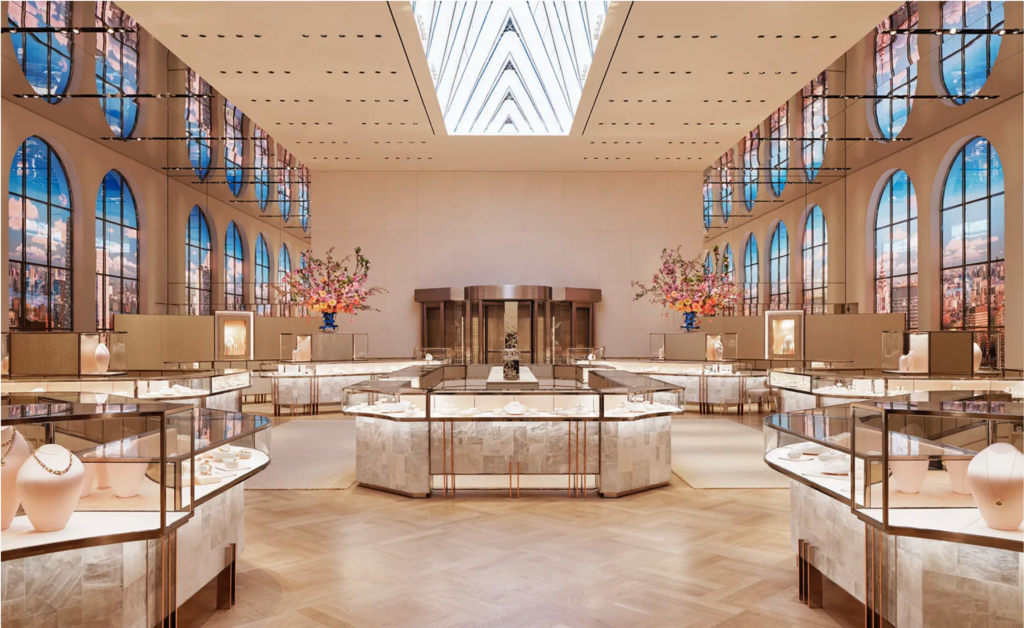
The Office for Metropolitan Architecture (OMA), led by Rem Koolhaas, reimagined the iconic Tiffany & Co. flagship store on Fifth Avenue. OMA’s design introduces modern elements while preserving the store’s historic character. The renovation includes a glass addition that floods the space with natural light, creating an airy and contemporary environment. This blend of old and new enhances the display of Tiffany’s timeless jewelry.
These architects have created environments that not only showcase jewelry in the best possible light but also enhance the overall shopping experience. Their innovative designs continue to set new standards in the intersection of architecture and the jewelry industry, making each visit to these boutiques an unforgettable journey into the world of luxury and design. Are you excited to embark on a tour and experience these stunning spaces for yourself?


